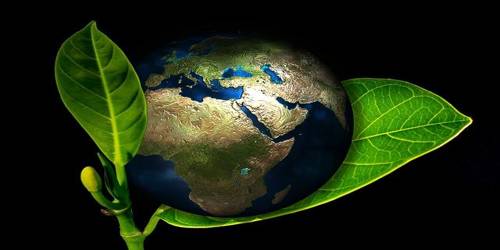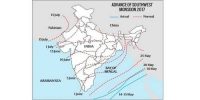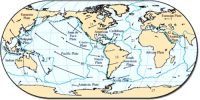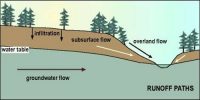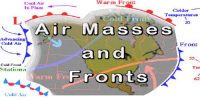Types of Geographic Ecosystems
Geographic ecology focuses on large-scale patterns of the allocation and assortment of organisms and ecological procedures. Research areas include island biogeography, latitudinal patterns of species diversity, and the influences of regional and historical process on diversity and function.
An ecosystem consists of all the living and non-living things in a specific natural setting. Plants, animals, insects, microorganisms, rocks, soil, water and sunlight are major components of many ecosystems. Ecosystems are of two major types: terrestrial and aquatic.
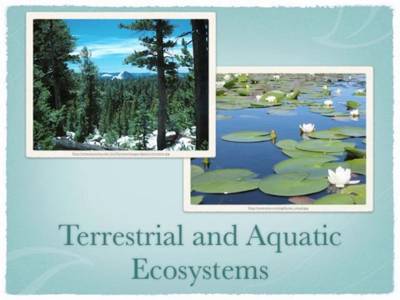
The terrestrial ecosystem can be further be classified into ‘biomes’. A biome is a plant and animal community that covers a large geographical area. The boundaries of different biomes on land are determined mainly by climate. They are those zones or a region where organisms (animals, plants, etc.) live and develop in the soil and in the air that surrounds a certain terrestrial space. In these places, it is assumed that living things that inhabit the ecosystem find everything they need to be able to survive. Therefore, a biome can be defined as the total assemblage of plant and animal species interacting within specific conditions. These include rainfall, temperature, humidity, and soil conditions. Some of the major biomes of the world are forest, grassland, desert, and tundra biomes.
Aquatic ecosystems can be classed as marine and freshwater ecosystems. The marine ecosystem includes the oceans, coastal estuaries, and coral reefs. They are made up of plants and animals that live in the water. These ecosystems differ in relation to the geographic region where they exist (Antarctica, Subantarctic, tropical and subtropical) and their proximity to the land (coastal, oceanic and estuarine ecosystems). Freshwater ecosystems include lakes, ponds, streams, marshes, and bogs.
